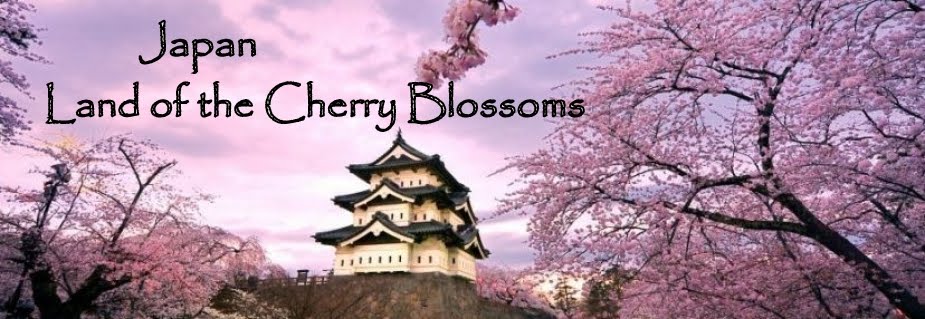TAKAYAMA LOCAL FOOD
Hida Chuka : Chinese noodle in Hida
This Chinese noodle is unique to Takayama with a plain soy source taste, which is nostalgic but new to visitors. This is the taste of Takayama.
Mitarashi Dango : Sweet dumplings (balls of rice-flour dough)
These are balls of kneaded rice flour on a bamboo skewer which are basted with soy sauce while cooking, scorched until they are ‘fox red’, then eaten.
Hida Soba : Local buckwheat noodles
The buckwheat from fields in cool highlands, Hida’s mountain region, is of truly high quality. Handmade noodles made by grinding this buckwheat on a millstone have exceptional flavour.
Hoba Miso : Food grilled with fermented soybean paste and magnolia leaves
A magnolia leave is laid over a charcoal brazier or stove for roasting on it miso, onions, shiitake mushrooms, etc., with some oil. Eat it while it’s hot! It’s great as a snack with sake or a side dish.
Miso : Fermented soybean paste
Since the Hida region is far from the ocean in mountain country, and with transportation difficult in earlier times, obtaining goods from the ocean, in particular, was difficult. On top of that, because of the severity of the hard conditions of the long winter, the eating habits of the people of Hida were ‘Miso with nothing, only pickled vegetables.’ Therefore, housewives became especially skilled in making miso. Hida miso, developed under these circumstances is not only used as a condiment, but also as a side dish as an important source of protein; it is food with the unique flavour of Hida.
Sake : Brewed Japanese liquor
Takayama’s local sake has been brewed since around the middle of the Edo period (about 300 years ago). Truly blessed with perfect conditions for brewing sake – the mountains’ pure water, Hida-grown rice, and the climate – this local sake has excellent flavour and body. There are 8 breweries in the city, each selling its own unique varieties.
Tsukemono : Pickled Vegetables (Japanese pickles)
Simple and honest flavor of Hida’s specialties such as red turnips, vegetables, and wild mountain vegetables is the selling point of Hida pickles
Koureichi Yasai : Vegetables grown at cool, high altitudes (tomatoes, spinach).
This area is an active producer of vegetables grown at cool, high altitudes, taking advantage of its geographical features. The tomatoes grown in summer and fall are particularly noteworthy. Temperature differences between the morning and night allow the growth of tomatoes with solid fruit, high sugar levels, and high quality.
Kudamono : Fruits
Because of the great diurnal temperature variation, Hida produces delicious fruits, including the Hida Apple and the Hida Peach.
Yomogi Udon : Mugwort udon (Noodles with mugwort, a wild herb)
These noodles contain boiled and mashed buds of mugwort collected in early spring and are seasoned with natural sea salt, which is said to be well suited to noodle making, without adding any food additives. These delicious noodles are a shiny green and are chewy yet smooth, having the delicious taste of genuine udon.
Takayama Local Food
Melbourne time
Hello, こんにちは Kon'nichiwa
Well hello, Kon'nichiwa, or should I say こんにちは.....
This blog is about my trip to Japan later on this year. The countdown has begun, today is Easter Sunday, 27 March, I fly to Japan in 70 days, 5 hours and 10 minutes! I know three words in Japanese - hello, thank you and goodbye. I don't drink beer and I don't like raw fish. But I love meeting people, seeing new places, culture and history. I will only pass this way but once and I feel the need to try and see as much as I can in as little time as I have. .
This blog is about my trip to Japan later on this year. The countdown has begun, today is Easter Sunday, 27 March, I fly to Japan in 70 days, 5 hours and 10 minutes! I know three words in Japanese - hello, thank you and goodbye. I don't drink beer and I don't like raw fish. But I love meeting people, seeing new places, culture and history. I will only pass this way but once and I feel the need to try and see as much as I can in as little time as I have. .
Cheers. 乾杯











No comments:
Post a Comment